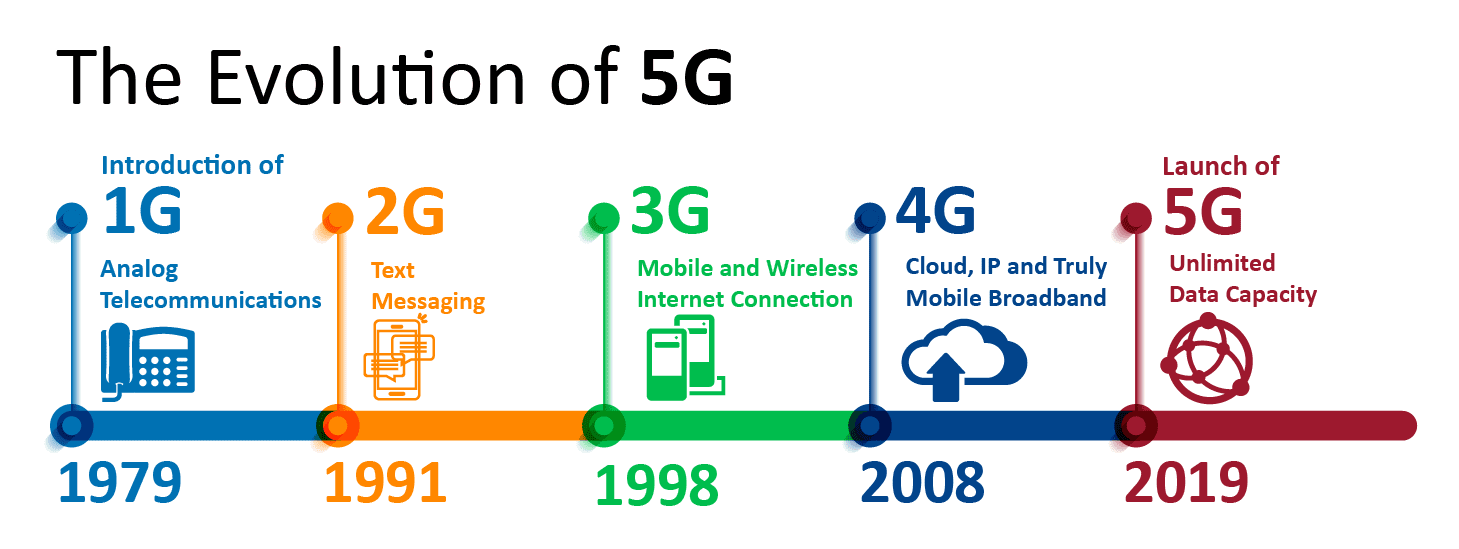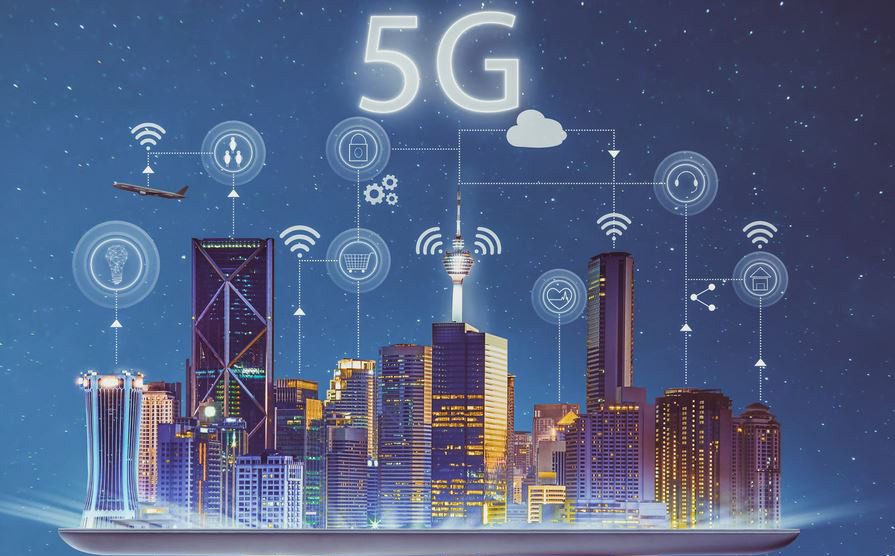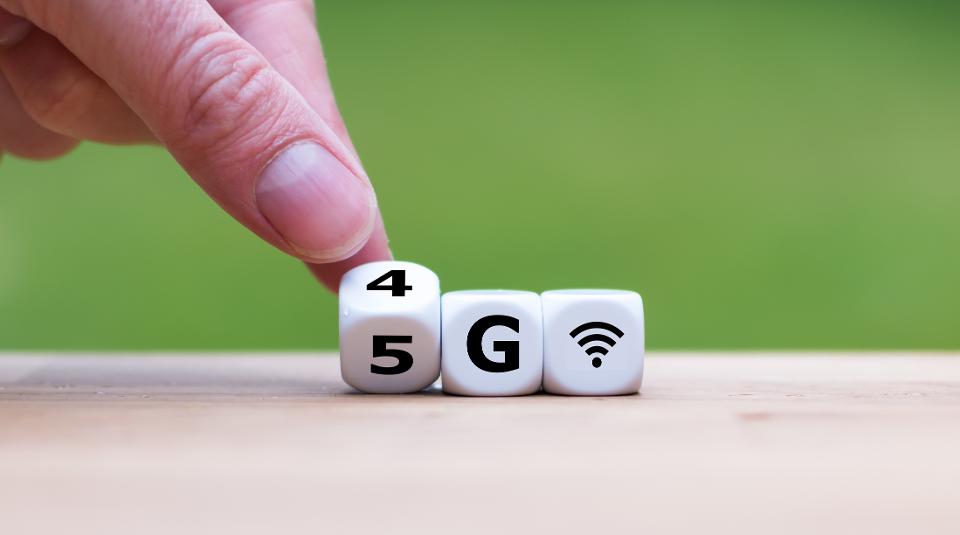It’s been a decade since 5G was under process, but now it seems like a reality. Various data carriers have rolled out 5G in metropolitan cities and mobile data is creating its mark in the U.S. All you need to know about 5G is here.
It feels like it’s time now to witness more and more in 2020. As of now, various people are wondering what 5G exactly is, and they need to be solved.
5G mobile phones are facing a new excitement, bids are high to know which company will serve with the best network.
What is the hype about?

5G, this network will be replacing the current VoLTE 4G network we’re using. It seems fast right? Well, 5G is going to be its father in terms of speed and pace.
Downloading and uploading will be a much easier task now. Few blinks and the work is done. Devices take time to communicate with wireless networks, but it’ll be drastically less now.
The latency issue is one of the first things the 5G network will tend to solve. It functions in a way more different manner than the regular 4G VoLTE.
How does it function?

5G works on three different spectrum bands. Unlike LTE, they have different functions. It doesn’t seem like that big of a difference, but it is a massive change in the daily connectivity.
The three types of spectrums are namely Low, Mid and High Spectrum.
The Low-band Spectrum is also known as the 1GHz spectrum. The band is used in primary LTE usage in the United States currently.
Its bandwidth is nearly depleted and it offers a great coverage portion alongside wall penetration. But the issue lies only at one point, the data speeds top to around 100Mbps.
The Mid-band Spectrum provides faster speed but lesser latency in comparison to the low band. It also fails to move inside buildings easily in comparison to the lower one.
The peak speed it reaches up to a maximum of 1Gbps on the Mid-band.
Coming to the High-band Spectrum, it is the master in delivering high-speed 5G data connection, but comes with its own cons.
It is also known as ‘mmWave’. Its speed can reach a limit of 10Gbps. But the issue lies with latency.
Out of all three, this has the lowest latency. Let’s talk about the 2.4 GHz connection limit alongside a super-fast data, doesn’t sound cool right?
Similarly, with high-speed data, low distribution and penetration will be the key issue.
How fast will 5G be?

To break down the possibilities, let’s look at the categories it can be fast in:
- Latency:
The time it takes for data to travel from one place to another should be ideally 4 milliseconds. But that’s when 5G will solve the time issue in 1 millisecond.
For remote surgeries and urgent situations, this will be very beneficial.
- Connection density:
5G places high hopes in people’s mind in terms of multiple connections rather than LTE. It will be capable of supporting 1 million connected devices per square kilometre. Huge, right?
- Peak data rate:
5G will be offering higher data rates than in today’s comparison. It can hit up to 20Gbps downlink and 10Gbps uplink per mobile base station.
- Spectral Efficiency:
Coming in at 30bits/Hz downlink and 15bits/Hz, 5G will have a slightly improved Spectral Efficiency in comparison to LTE.
- Real-world speeds:
While we all are dreaming after seeing the peak data rates, the reality will not be the same.
Speculations claim that upload speed will be somewhere around 50Mbps and download speed will be 100Mbps.
- Efficiency:
Radio efficiency must be fast and frequent as expected from 5G. In ideal cases, it must have the efficiency of within 10 milliseconds.
But with 5G, it is assumed that it should work while being in the low energy mode.
- Mobility:
5G must support movements from 0 to 310 mph. This will be a challenge in comparison to LTE. 4G is able to move from stations to stations across antennas, but it is doubtful in terms of 5G.
What is 5G capable of?

- Public Safety and Infrastructural elements:
With 5G, cities and municipality services will be able to function more efficiently. Sensors will be able to detect every move very quickly as data speed will be high.
So when street lights go out or a flood is under its consequences, public safety will be capable enough.
- Improve broadband facilities:
Our reach to the e-world will subsequently improve as we step towards 5G. But alongside broadband, 5G will also become our mobile need.
The scope for LTE is shredding by time. The commercial broadband traffic can be diverted to new data spectrums.
- Healthcare:
Ultra Reliable Low Latency Communication (URLLC) will be able to change the healthcare sector. As it reduces the latency, a world new possibility will be opening.
We will be able to witness the advancement in precision surgeries, remote surgeries and even physical therapies.
- Autonomous vehicles:
Imagine your vehicle communicating with other vehicles on the road, interesting right? Well, it’s near future. With 5G, data communication will get faster and easier, to the ease where data will even make cars talk to each other.
- Internet of Things:
IoT will be capable of connecting with sensors and smart devices. With increasing abilities, we are also witnessing the depletion of LTE.
Conclusion
5G is presenting itself in front of the world with time now. In terms of broadband, it seems to be entering easily now.
But with mobile data, it still seems to be far away. Every good thing takes time, and so will 5G. When people will get to use 5G mobile data, phones with the same feature will be required, else it will be of no use.



